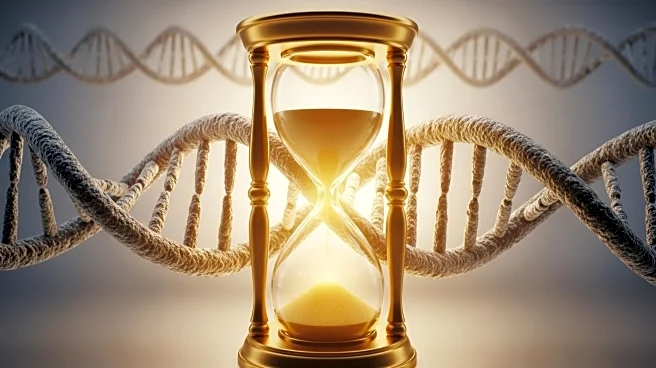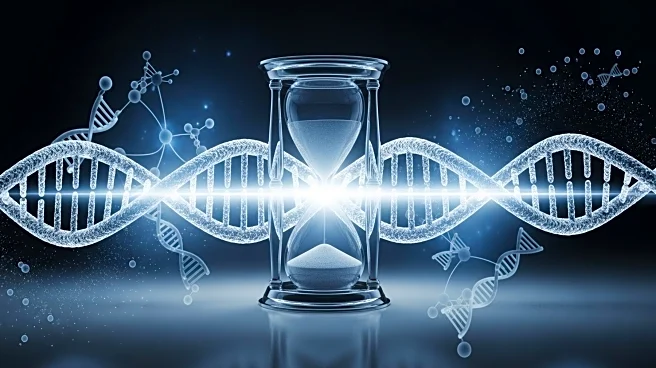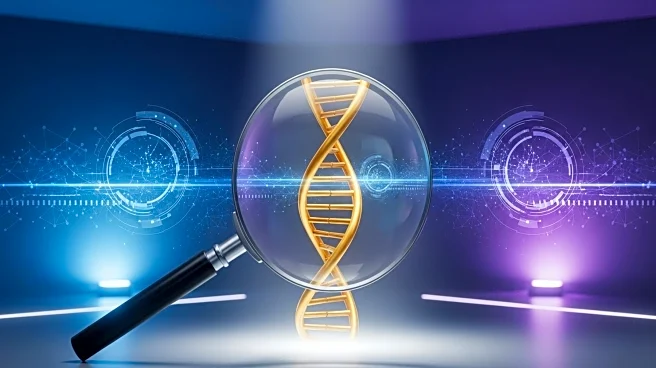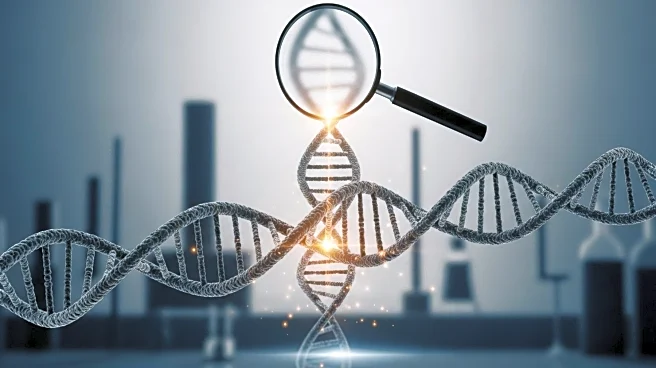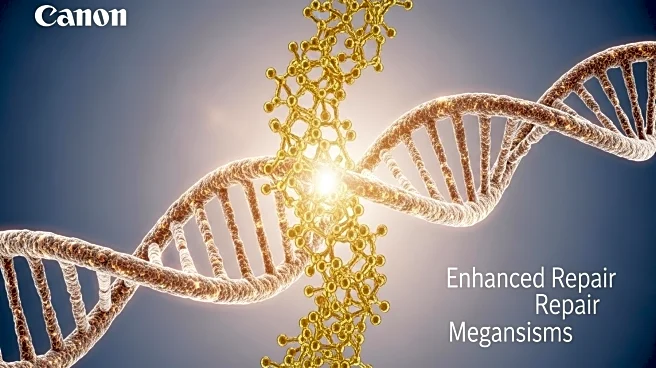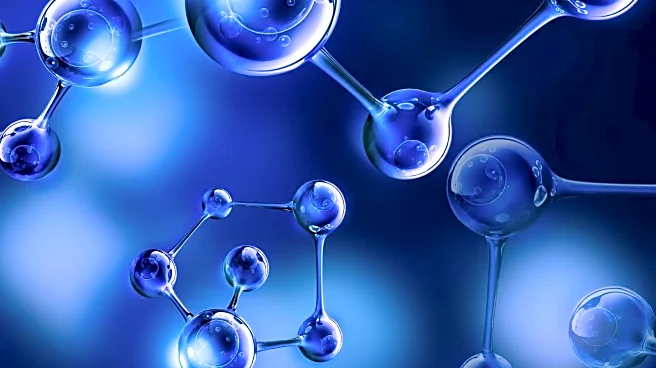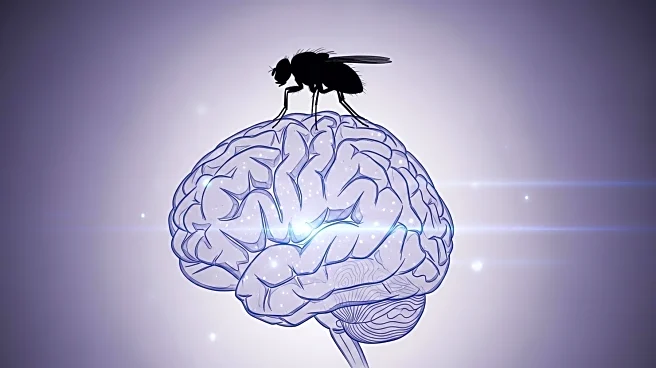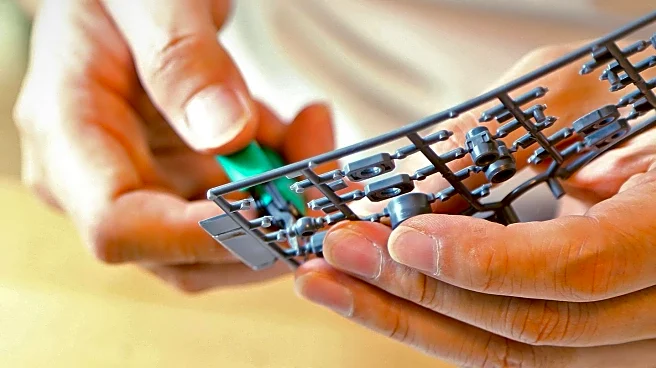What is the story about?
What's Happening?
A team of researchers in China has uncovered a genetic mechanism that contributes to the exceptional longevity of naked mole-rats. These rodents, known for their wrinkly appearance, can live nearly ten times longer than mice, making them a valuable model for studying aging. The study, published in Science, reveals that naked mole-rats possess an enhanced ability to maintain DNA integrity through repair mechanisms. The research focused on the role of cyclic guanosine monophosphate–adenosine monophosphate synthase (cGAS), a DNA sensor that suppresses homologous recombination (HR) in humans and mice. In naked mole-rats, however, cGAS enhances DNA repair, promoting longevity. The study demonstrated that the interaction between naked mole-rat cGAS and HR factors like RAD50 and FANCI potentiates HR repair. Additionally, fruit flies with naked mole-rat cGAS showed increased lifespan and reduced organ deterioration, while aged mice receiving AAV delivery of naked mole-rat cGAS exhibited reduced frailty and other aging markers.
Why It's Important?
The findings from this study have significant implications for understanding the aging process and developing potential interventions to promote longevity. By identifying the molecular basis for enhanced DNA repair in naked mole-rats, researchers have opened the possibility of targeting cGAS to improve DNA repair in humans. Efficient DNA repair is crucial for decelerating aging, and the study suggests that small changes in the cGAS sequence can have a substantial impact on longevity. This research could pave the way for new strategies to combat age-related diseases and improve healthspan in humans. The potential to manipulate DNA repair mechanisms offers a promising avenue for extending healthy life and reducing the burden of aging-related conditions.
What's Next?
Future research may focus on translating these findings into practical applications for human health. Scientists could explore ways to enhance DNA repair mechanisms in humans by targeting cGAS, potentially leading to new therapies for age-related diseases. Further studies are needed to understand the full scope of cGAS's role in DNA repair and its impact on longevity. Additionally, researchers may investigate other genetic factors contributing to the naked mole-rats' extended lifespan, providing deeper insights into the biology of aging. Collaboration between geneticists, biologists, and medical researchers will be crucial in advancing this field and developing effective interventions.
Beyond the Headlines
The study highlights the importance of genetic diversity in understanding biological processes and developing medical interventions. Naked mole-rats, with their unique genetic makeup, offer a window into the mechanisms of aging that could be applicable to humans. The ethical considerations of manipulating genetic pathways to extend human lifespan will likely be a topic of discussion as research progresses. Balancing the potential benefits of increased longevity with the societal and environmental impacts of a longer-living population will be essential. This research underscores the interconnectedness of genetics, health, and society, prompting broader discussions on the future of aging and healthcare.
AI Generated Content
Do you find this article useful?
